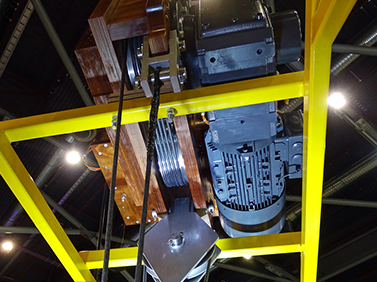What are the ways to save energy for motors?

Choose the right motor capacity
It can meet the needs of the load and achieve reasonable matching. Both light load and no-load operation will cause relatively high losses and low operating efficiency. The operating efficiency of the load driven by the same motor is also changing, not fixed, and changes with the fluctuation of the load.
Install automatic control device for motors with long no-load running time. In order to reduce the power loss during no-load time, no-load automatic control devices should be installed for motors that are often no-load. After a period of no-load operation, it can automatically cut off the power supply, exit the no-load operation, and resume normal operation.
Low load rate motor step-down operation
The iron loss and copper loss of a three-phase asynchronous motor are directly related to the input voltage. Generally, under the condition of unchanged load, reducing the input voltage can reduce the iron loss and increase the copper loss. However, in the total loss of the motor running under light load at this time, the iron loss has a greater effect than the copper loss. Therefore, the method of appropriately reducing the winding voltage operation can reduce the total loss, which has certain practical significance. And to achieve this measure, you can use a special voltage automatic control device to complete.
Use magnetic trough mud to implement motor transformation
Using magnetic trough mud to carry out technical transformation of the motor is an effective way to reduce the reluctance of the notch. That is, on the bamboo groove wedge, the groove is smoothed with magnetic groove mud. This is beneficial to the motor and its load, and the system has a power saving effect.
Three-phase asynchronous motor adopts frequency conversion speed regulation
The three-phase asynchronous motor adopts variable frequency speed regulation, which can greatly reduce the starting current of the motor when starting at low frequency, thereby achieving the purpose of saving electricity.